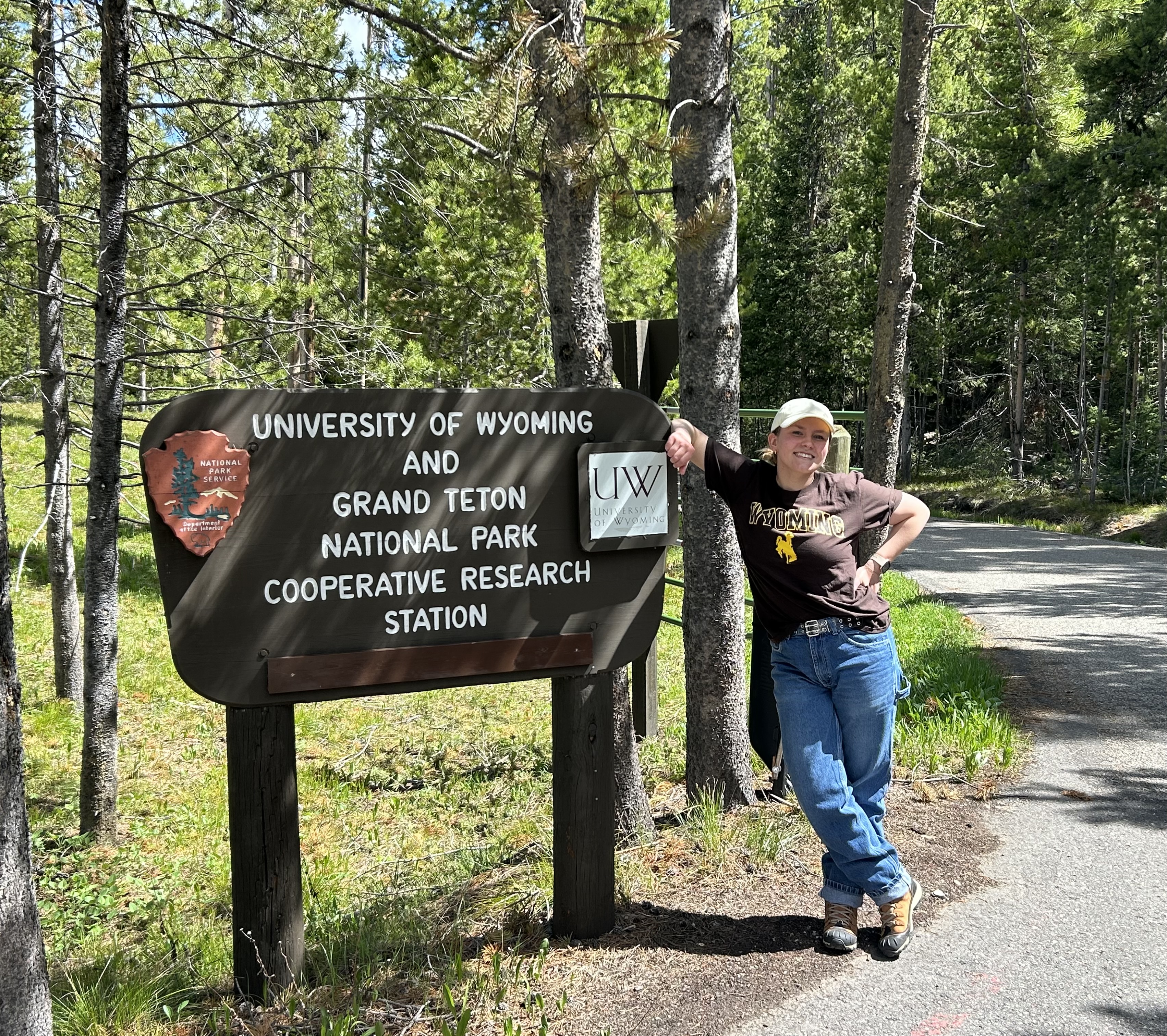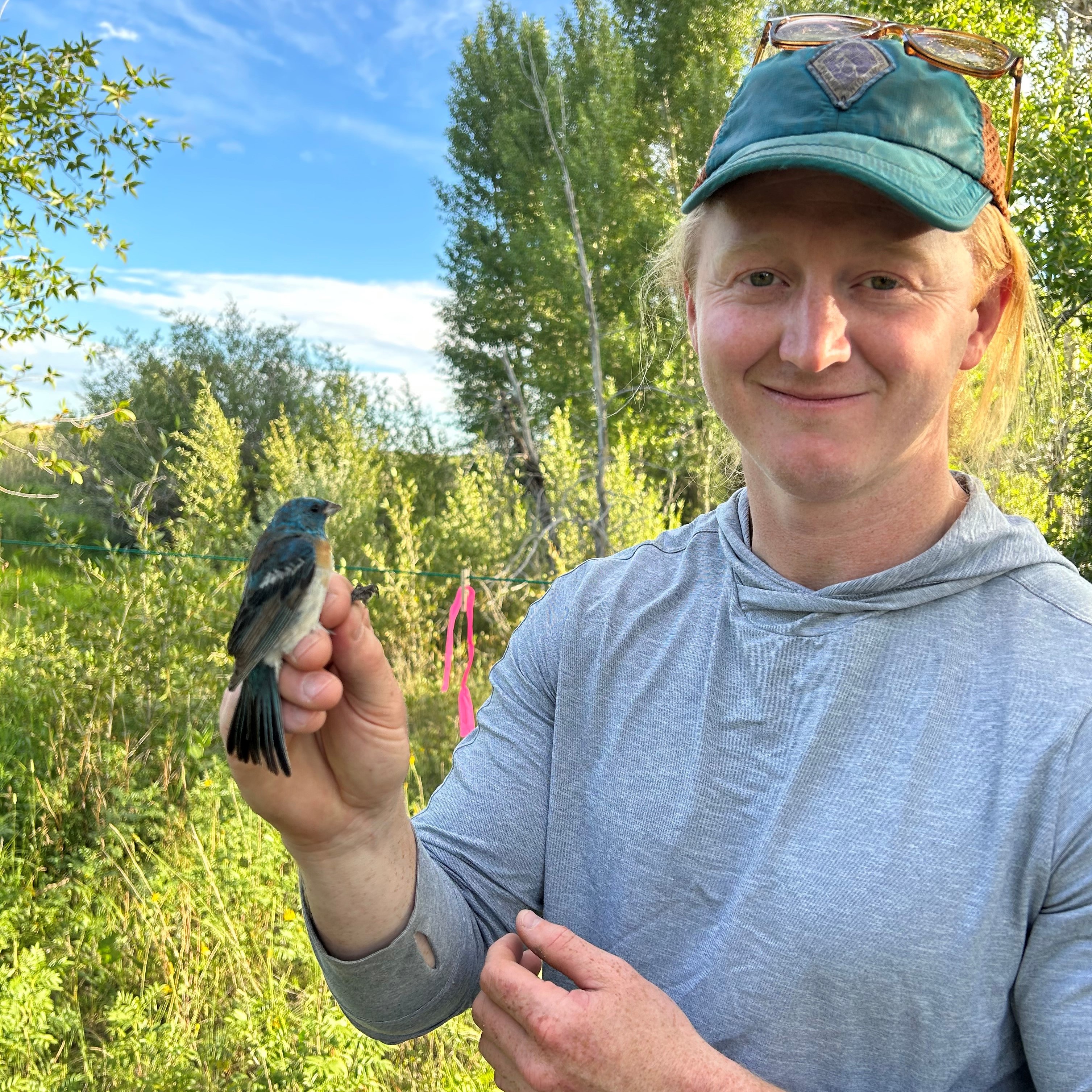No Slides Entered.
Marguerite Trost - "A community-powered, first comprehensive vascular floristic inventory of the Kootenai National Forest, Northwest Montana"
Marguerite Trost
M.S. Student
2025 Recipient of the Graduate Student Biodiversity Research Enhancement Grant
Graduate Advisor: Dave Tank
Department of Botany
Recent floristic research shows how much is still unknown about plant diversity and distribution and highlights the importance of recursive, collective fieldwork efforts to document plant communities in time and space. The vascular flora developed in this project covers 2.2 million acres of heterogeneous forest in a remote, rugged, often-overlooked corner of Montana. The Kootenai National Forest comprises one of the largest stretches of the Rocky Mountains still lacking adequate baseline representation in herbarium collections, with no prior comprehensive inventory and only sparse collections compared to neighboring lands. Yet the Kootenai is full of floristic intrigue due to its six mountain ranges, low valleys, abundant water features, intersection of floristic regions, latitudinal zone, altered fire history, and tapestry of land use history. Therefore, this project documents numerous range extensions and unique community assemblages, including mesic forest coastal disjuncts, deciduous conifer (larch) stands, narrowly endemic species, and novel invasive species. In the first summer of fieldwork, over 4,300 specimens representing over 780 taxa were collected. In a preliminary tally, this includes 100+ county records, 5+ state records, and 1 continental record. Extensive coverage is achieved by driving, hiking, backpacking, biking, kayaking, and by utilizing cutting-edge “born digital” collection protocols. In the 2025 field season, this will include more strategic surveys for spring ephemerals, aquatic sites, alpine sites, and rare taxa. Additionally, two botanical forays will be hosted to provide entry-level and collaborative botany fieldwork experience for participants while generating more floristic data.
The Kootenai flora project aims to inform active USFS management, particularly habitat monitoring, invasives management, and fuels management. Considering the myriad applied and broader uses of floristics data, this project also contributes significantly to vital herbarium collections and community outreach documenting the broader floristic patterns of the Rocky Mountains. By linking fieldwork and community collaboration, this floristic project becomes much more than an inventory, it becomes a community that takes care of plant biodiversity.
Share This Page
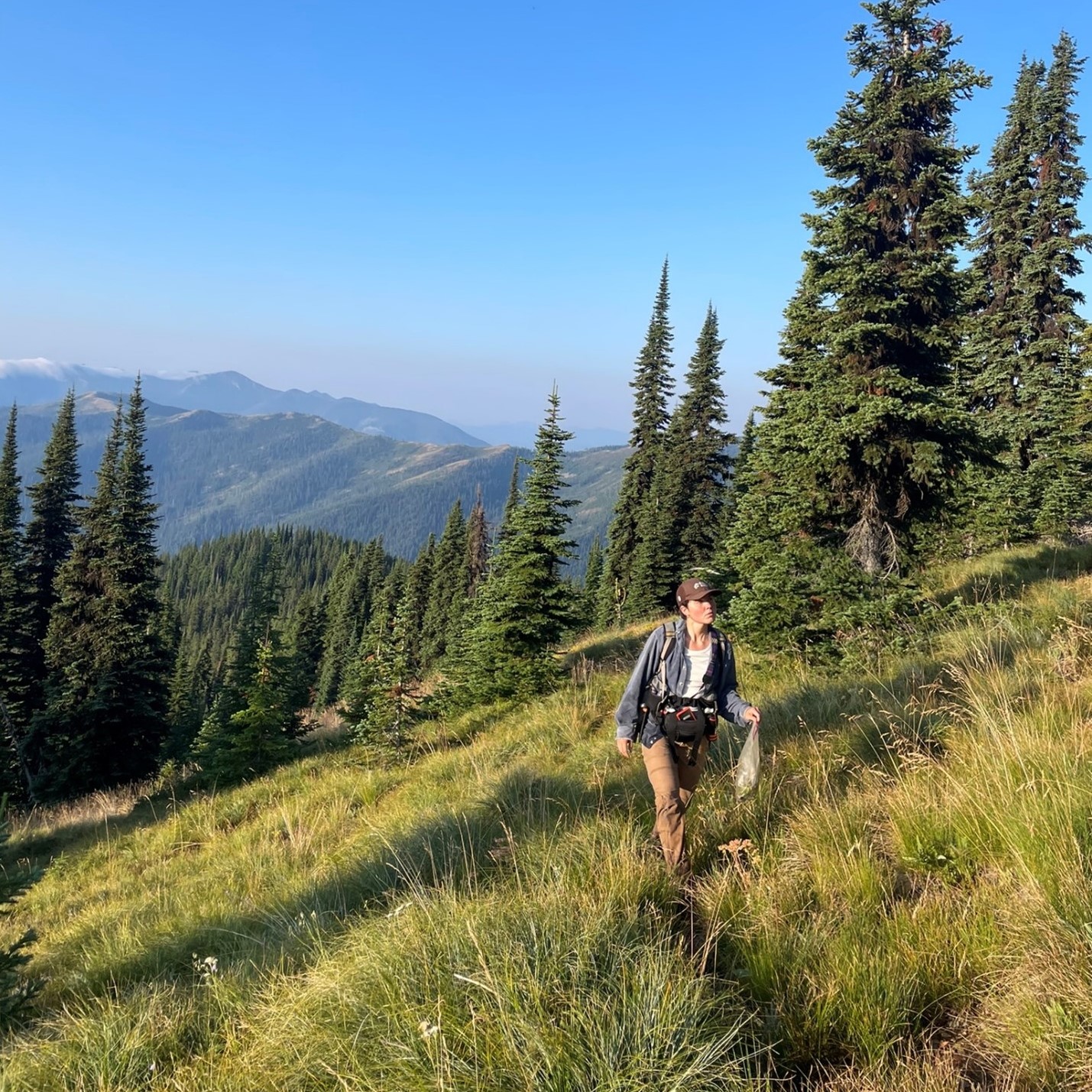
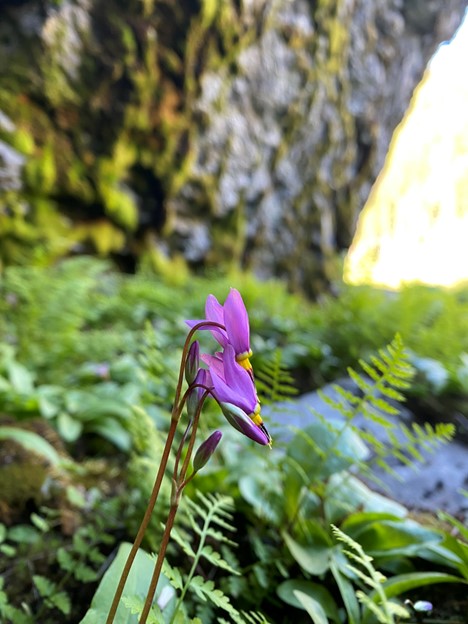
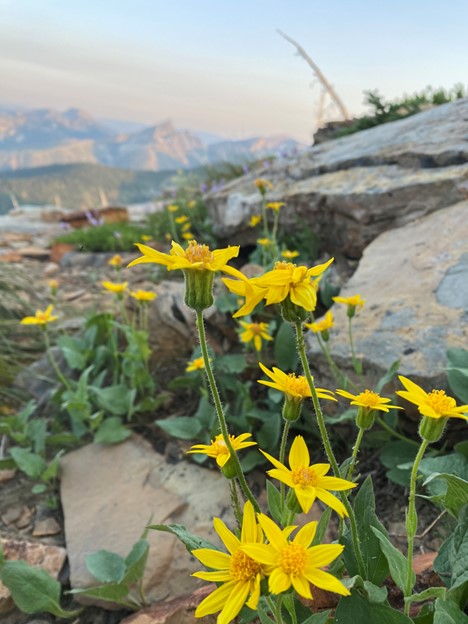
Research Highlights
